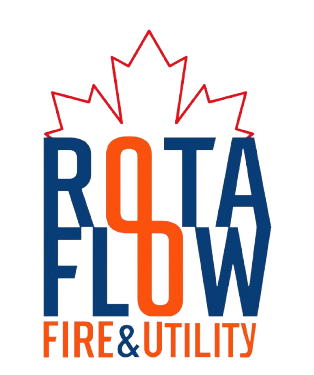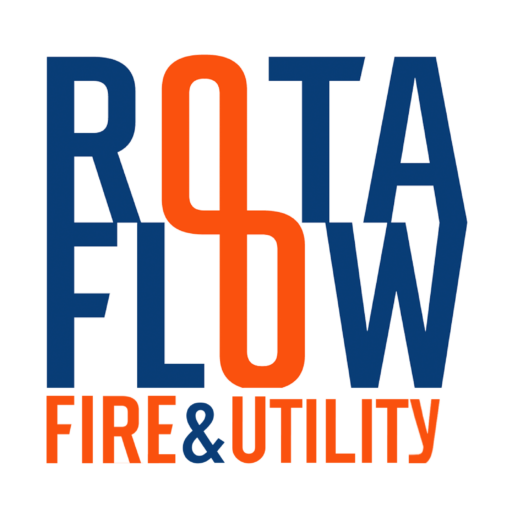Fire Water Pump Installation & Services
It can be difficult to handle a weak water supply. If it is unable to deliver sufficient flow at the required suction pressure – which, in some regions, can’t be less than 20 psi. A pump on its own will not suffice, and you’ll need the recourse to suction tanks. The break tank, or variable speed pump might be the best solution if the flow is there but the static pressures remain an issue. The fire water pump must be able to handle the demand of the system, but not go over the system pressure regardless of the option that is picked.
Every Fire water pump installation is unique and the Rotaflow team members work to determine the most appropriate solution for each client’s requirements for Industrial fire pumps.
- Split Case Horizontal
- Split Case Vertical
- Vertical Turbine
- Packaged Skid Mounted
Rotaflow’s all pumps are ULC, UL and FM listed pumps.
Rotaflow is using Navisworks software for the seamless design and replacement of our old fire water pump system.
Rotaflow is one-stop-shop for Fire protection and process safety solutions.
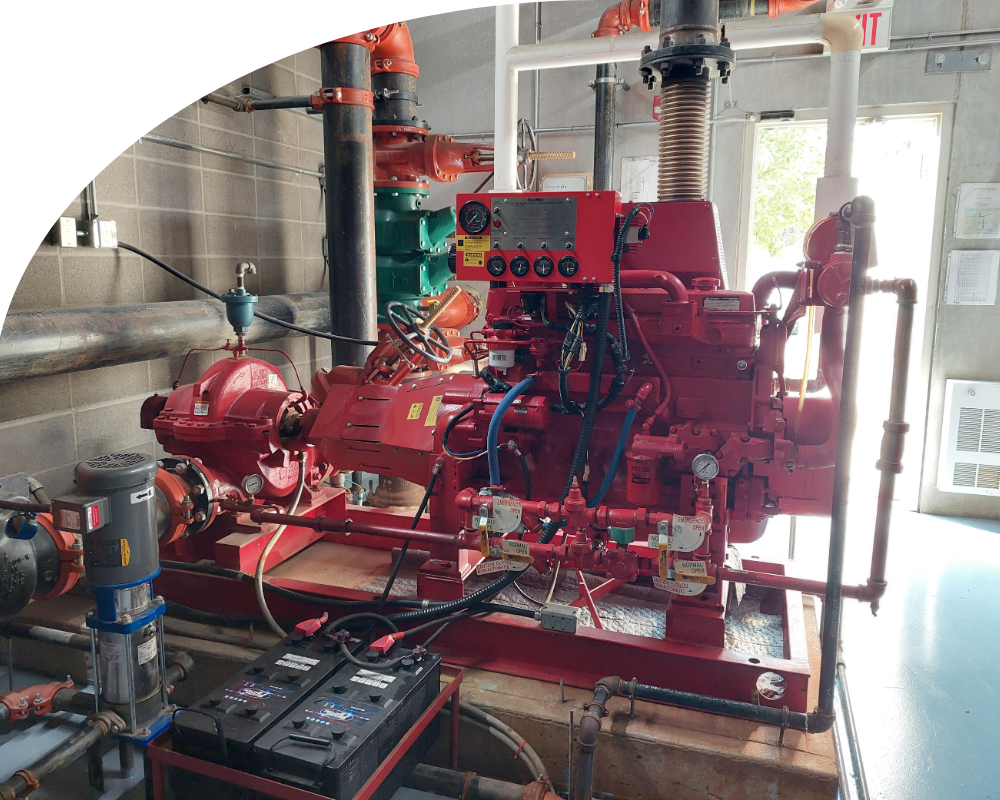
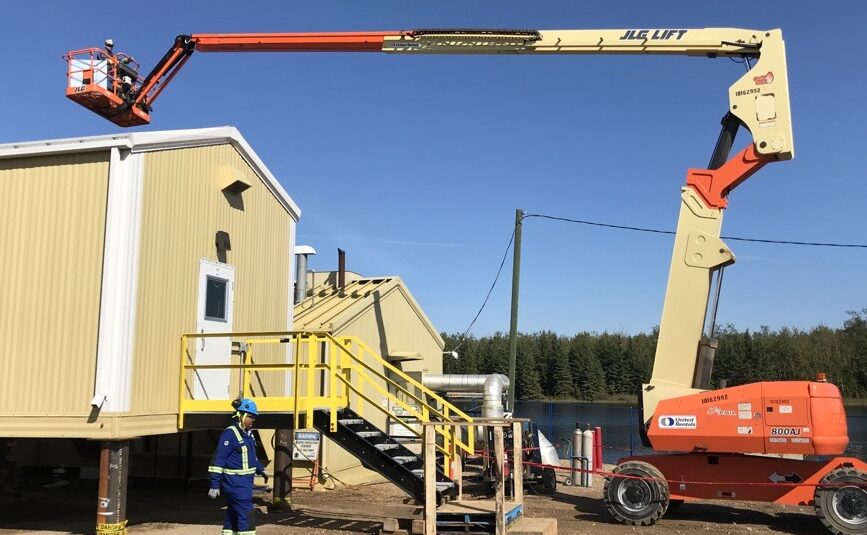
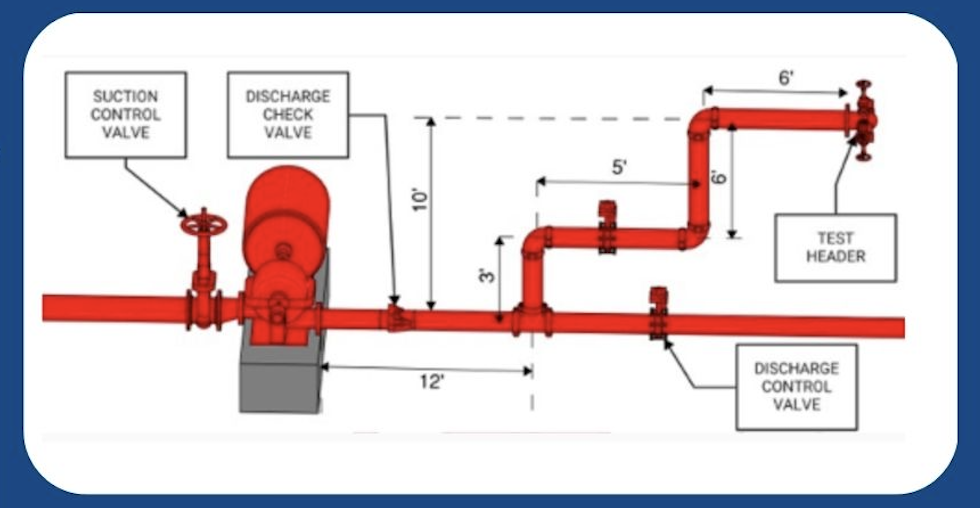
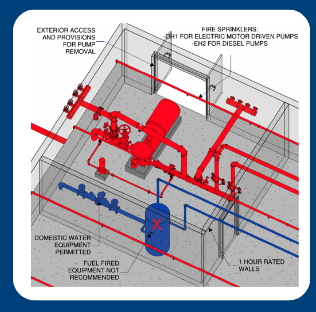
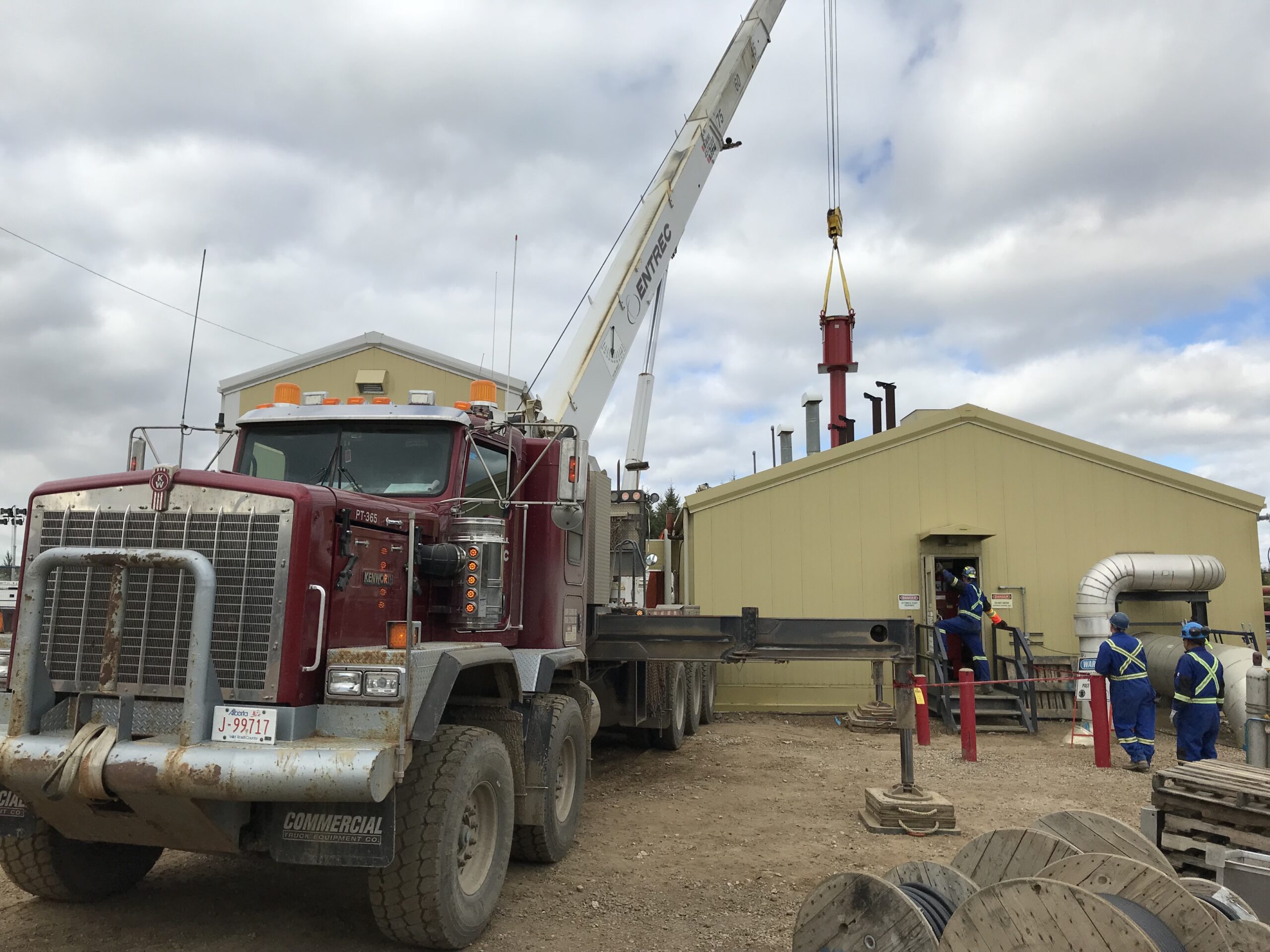
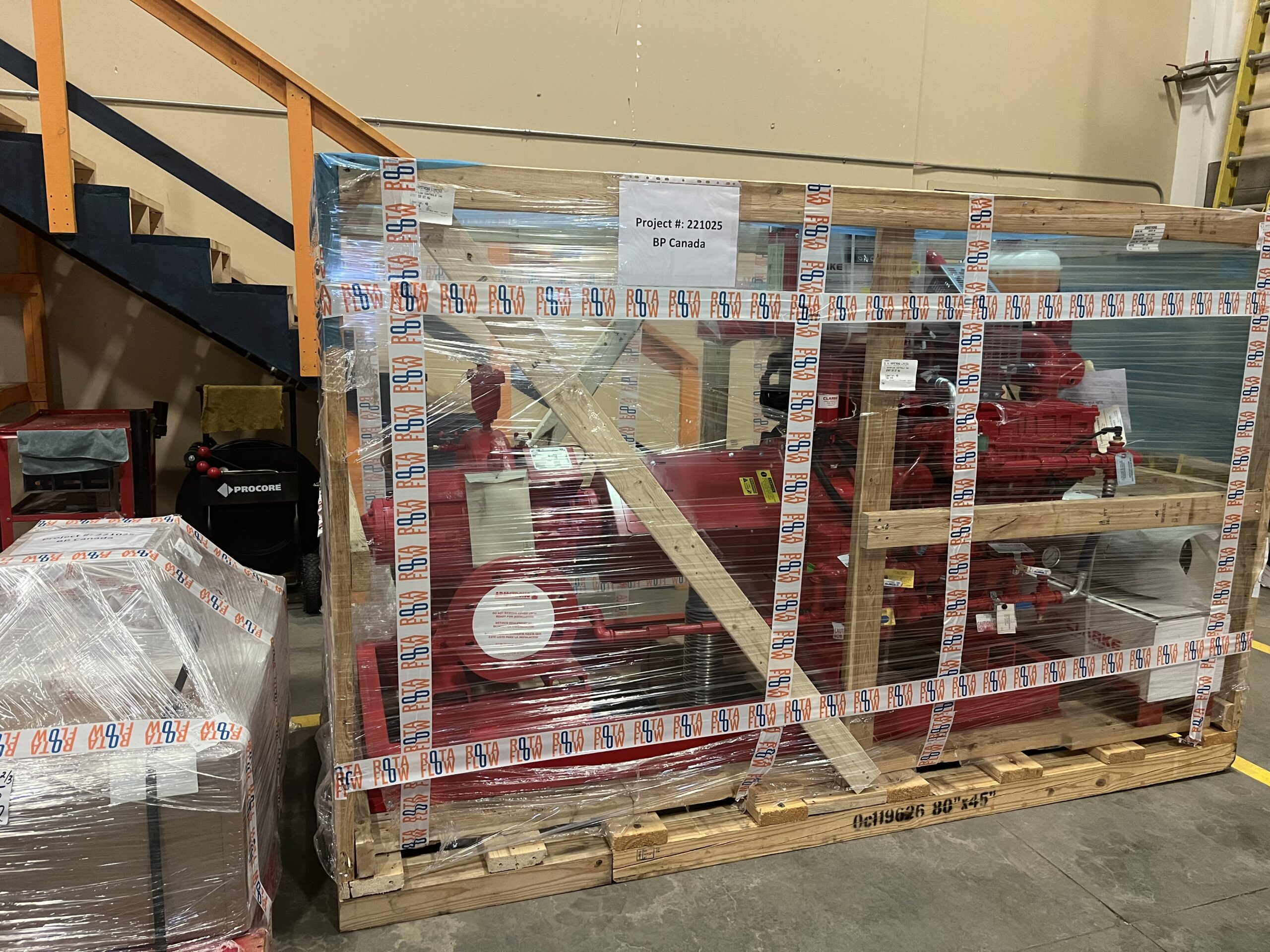
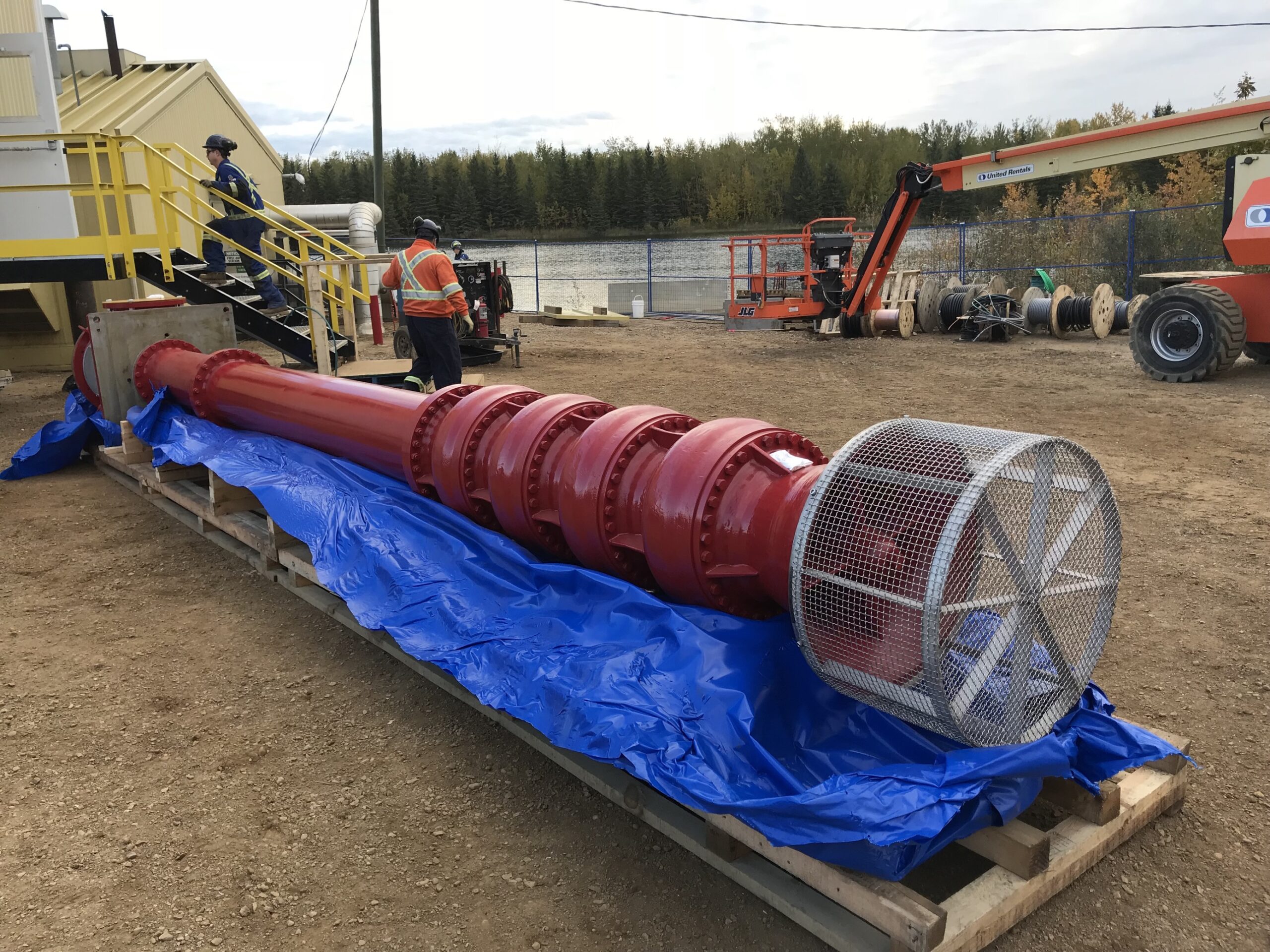






Let's build together. Bringing your ideas and innovations to life.
Contact Us
Please note that all forms and emails will be replied to within 24 hours. For immediate assistance, call 780-469-1220.
